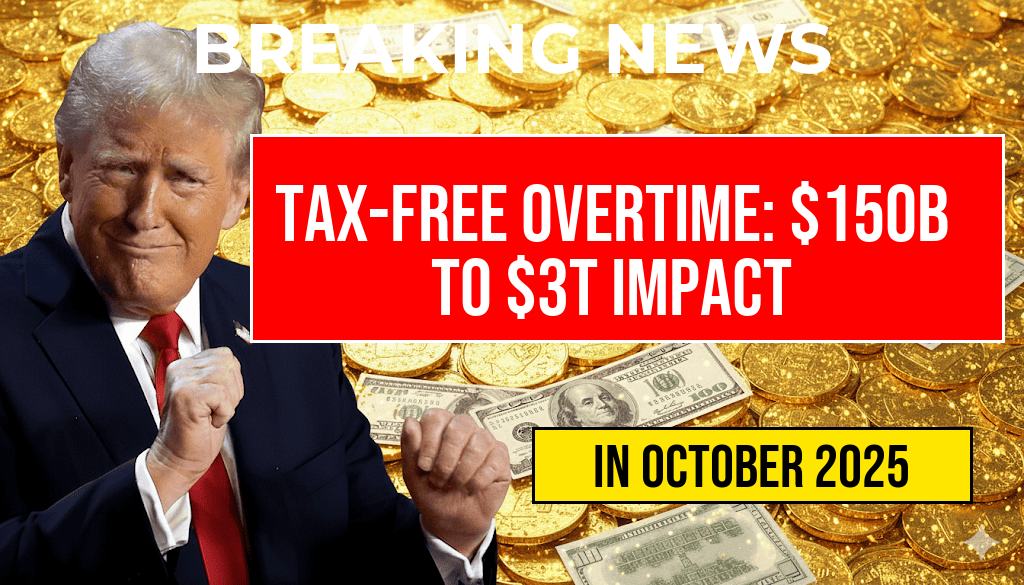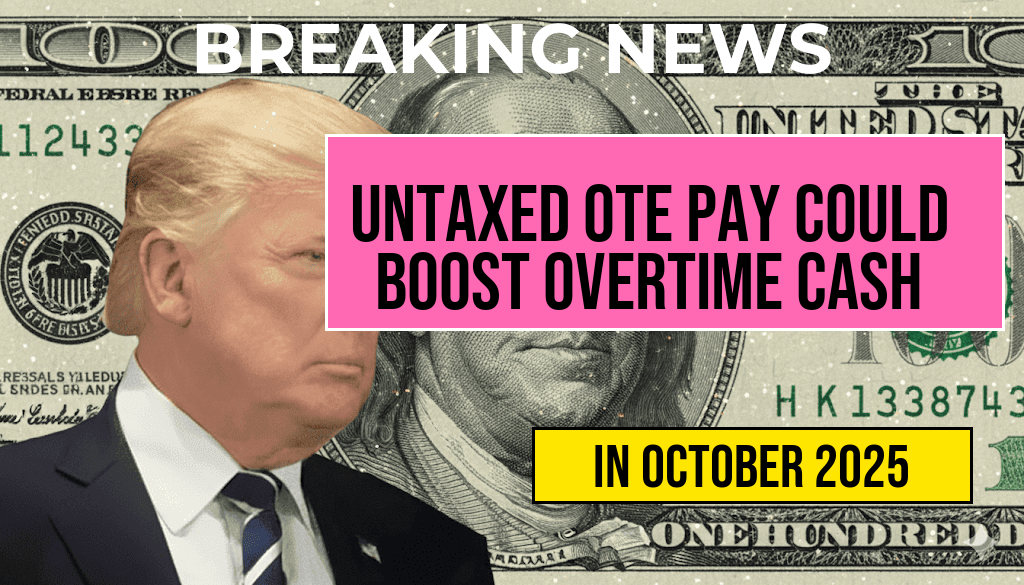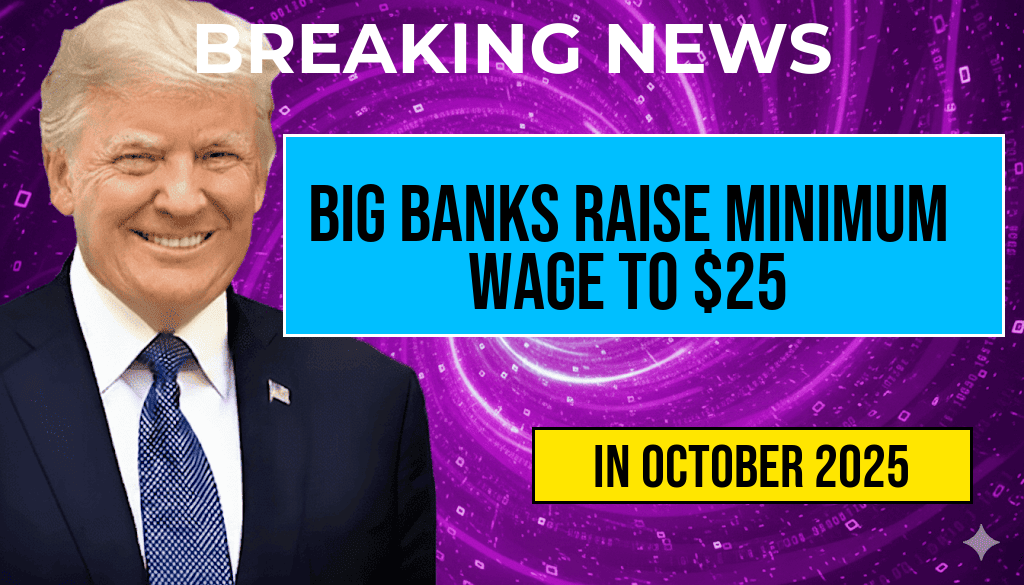The recent proposal for a tax-free overtime policy has ignited a heated debate about its potential cost implications, particularly regarding American workers’ take-home pay. Estimates suggest that the shift could lead to a staggering increase in earnings, ranging from $150 billion to a jaw-dropping $3 trillion over the next decade. This analysis explores how these changes could affect various sectors, the overall economy, and individual workers, shedding light on the complex relationship between overtime pay, taxation, and disposable income.
Understanding Tax-Free Overtime
Tax-free overtime refers to a policy where additional earnings from overtime work would not be subject to federal and state income taxes. Proponents argue that this change would encourage more workers to take on extra hours, thereby increasing overall productivity and household income. However, critics warn that it could lead to unintended consequences, such as reduced overall tax revenues and increased labor costs for employers.
Projected Financial Impact
According to a report by the Tax Policy Center, the financial implications of implementing a tax-free overtime policy could vary widely based on different economic models. The center outlines two primary scenarios:
- Conservative Estimate: A modest increase in take-home pay for individuals, leading to a total cost of approximately $150 billion over a decade.
- Optimistic Projection: A significant boost in disposable income that could reach up to $3 trillion if the policy leads to widespread adoption of overtime work.
Sector-Specific Effects
The effects of tax-free overtime are expected to vary across different sectors of the economy. Industries that heavily rely on hourly workers, such as retail and hospitality, may see the most substantial changes in employee earnings. A study conducted by the Bureau of Labor Statistics indicates that sectors with high overtime rates could benefit significantly from the increase in disposable income.
| Sector | Current Overtime Rate | Projected Increase in Earnings |
|---|---|---|
| Retail | 15% | $20 billion |
| Hospitality | 20% | $30 billion |
| Healthcare | 25% | $25 billion |
| Manufacturing | 30% | $40 billion |
Impact on Employers
While workers may stand to gain significantly from tax-free overtime, employers face a different set of challenges. Increased labor costs could lead businesses to rethink their staffing strategies. Many employers may opt to reduce overtime opportunities, implement more stringent scheduling practices, or even raise prices to offset the additional costs.
Long-term Economic Considerations
The long-term economic effects of tax-free overtime could also influence broader fiscal policies. Experts warn that while increased individual earnings may boost consumer spending in the short term, a significant reduction in tax revenues could strain public services and social programs. Economists emphasize the need for a balanced approach that considers both immediate financial benefits and long-term economic sustainability.
Public Sentiment and Political Landscape
Public opinion on tax-free overtime remains divided. Supporters argue that it can help alleviate financial pressures on families, while opponents caution that it may lead to fiscal instability. As this proposal gains traction, lawmakers will need to weigh the potential benefits against the economic risks involved.
The discussion surrounding tax-free overtime is likely to intensify as more data becomes available. Stakeholders, including policymakers, businesses, and workers, will play crucial roles in shaping the future of this significant labor issue.
Frequently Asked Questions
What is the main focus of the article “Cost Implications of a Tax-Free Overtime”?
The article analyzes the financial impact of implementing a tax-free overtime policy, estimating its effects on take-home pay ranging from $150 billion to $3 trillion.
How does tax-free overtime affect my take-home pay?
By eliminating taxes on overtime earnings, workers could see a significant increase in their take-home pay, which the article quantifies as potentially reaching up to $3 trillion in total benefits.
What are the potential economic implications of tax-free overtime policies?
The article discusses various economic implications, including increased consumer spending, potential shifts in labor markets, and the overall impact on tax revenues.
Who would benefit the most from tax-free overtime?
Workers who regularly put in overtime hours would benefit the most, as their earnings would be significantly higher without the burden of taxes, leading to increased disposable income.
Are there any downsides to implementing tax-free overtime?
Yes, the article mentions potential downsides such as decreased government revenue and the risk of employers reducing base salaries to offset overtime costs, which could impact overall employee compensation.








